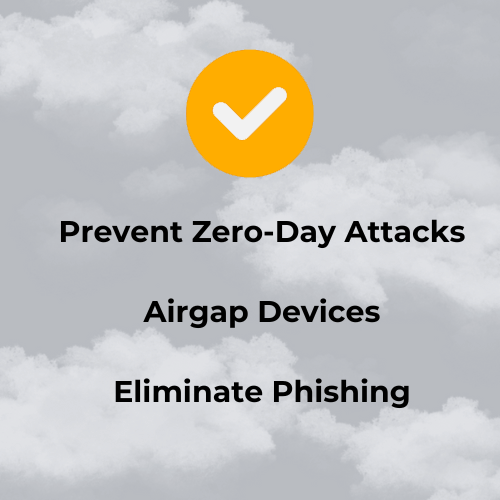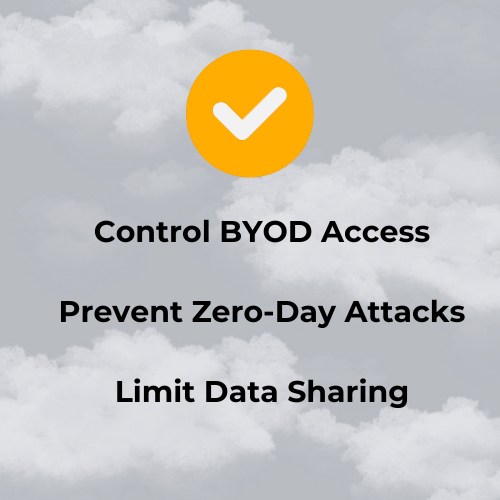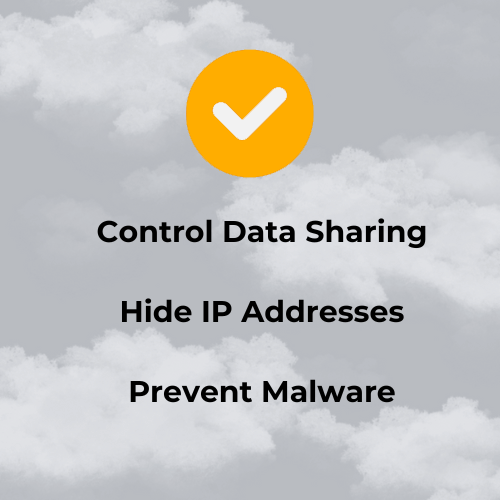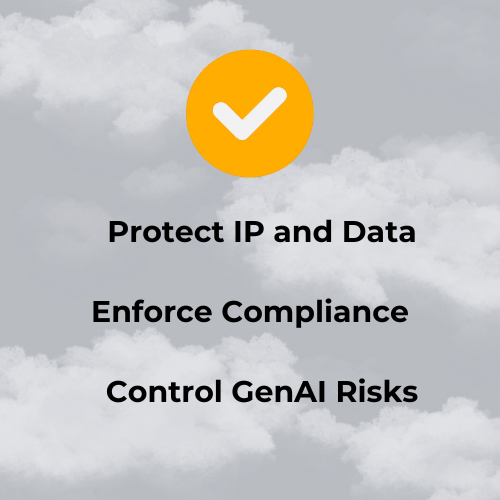Introducing NetCloud SASE:
The versatility of 5G with the power of SASE
Prevent Zero-Day Cyberattacks
Protect devices, apps, networks and data with isolation-based security solutions.
Secure Web and Email Access
Stop phishing, credential theft and web-delivered malware without over-blocking web access.
Application Access for Unmanaged Devices
Protect applications with clientless, least-privilege access from unmanaged devices.
Virtual Meeting Security
Secure virtual meetings and stop loss of sensitive data in chats and screen/video shares.
Generative AI Data Loss Prevention
Prevent data and IP exposure through Generative AI apps with policy-based usage controls.
Ericom’s Innovative, Isolation-Based Solutions
Ericom’s Remote Browser Isolation (RBI) technology is the foundational component of
the company’s Zero Trust secure internet access solutions.
Combining strong Zero Trust security controls with transparency to users, Ericom cloud-delivered solutions protect against zero-day web threats, prevent phishing and credential theft, secure applications and data from unmanaged device risks, and stop data exposure in virtual meetings and chats.
Web Isolation
Airgap endpoints and networks from zero-day malware, phishing attacks, and credential theft.

Application Access for Unmanaged Devices
Clientless ZTNA solution protects web and cloud apps from unmanaged device risk and simplifies data and access control.

Virtual Meeting Security
Security controls that stop data exposure via chats, video and screenshares for groups meeting on Zoom, Teams and Google Meet web apps.

Generative AI Data Loss Prevention
Prevent data and IP loss and protect against malware when using generative AI websites.

News and Resources View All News
Resources & Documentation
See the latest platform guides, solution sheets and more from our team of experts.
Delivered on the Ericom Global Cloud Infrastructure
Always-on Global Cloud Platform for Rapid, Reliable Delivery of Zero Trust Security Services
What Our Clients Say About Us
“As a CIO of a midsize business, I need to ensure we have the right solutions in place to protect our distributed workforce.”
– Dale McCarty
Executive Director Cyberlandia
“Ericom Software’s platform provides the simple, secure and reliable access our users need, while ensuring full visibility for admins and our security team.”
– Fatih Yildirim
IT Manager, Fenerbahçe
“Ericom has a broad set of affordable, always-on security capabilities, including a Zero Trust Network Access (ZTNA) service that will reduce the complexity of remote application access for our teams, improving user experience and security compared to legacy VPN solutions.”
– Brandon Nokes
Director, Facilities & IT, Devada
“We have seen a number of studios using the Ericom solutions, including Jellyfish Pictures, and are pleased with the role the technology plays in satisfying key parts of their TPN security compliance requirements.”
– Mathew Gilliat-Smith
EVP, Convergent Risk
“Getting the fundamentals right, including Multi-Factor Authentication (MFA), microsegmentation, and following the Zero Trust framework isn’t just good security hygiene; it is the cornerstone of a successful business.”
– Louis Columbus
Cybersecurity Author, VentureBeat
“Ericom’s Web Isolation provides the same security, seamless performance, and easy management for remote browser isolation (RBI) as we’ve come to expect from their ZTEdge remote desktop solution.”
– Nad Cyrus
Vice President of Information Technology, Cidel Bank
“Ericom offers a unique value proposition for organizations, delivering a comprehensive set of integrated Zero Trust security capabilities via a simple and affordable always-on cloud platform.”
– Kamalika Sandell
Chief Information Officer, New Jersey Institute of Technology
“Ericom Remote Browser Isolation is a very high-performance solution that enables browsing to feel native. It makes users’ lives better. If people are looking for a high-performance solution in this space, Ericom ticks the boxes.”
– Jeremy Smith
Jellyfish Pictures Chief Technology Officer
